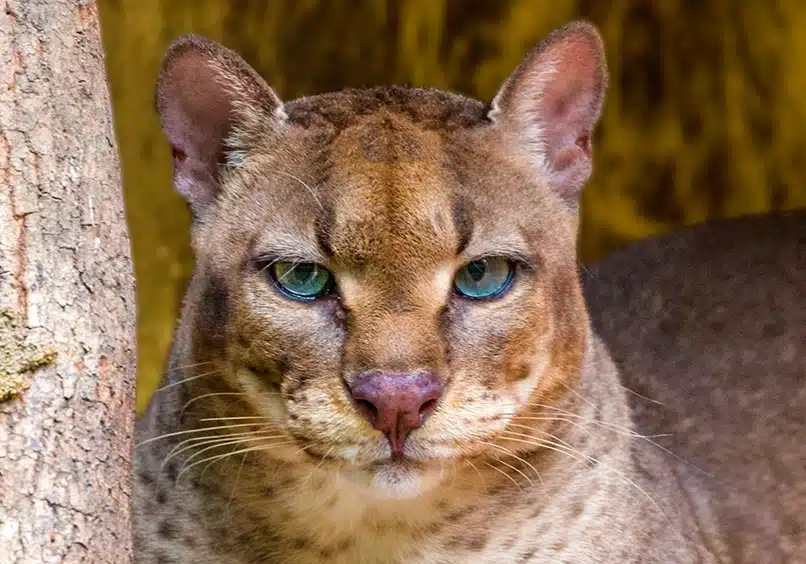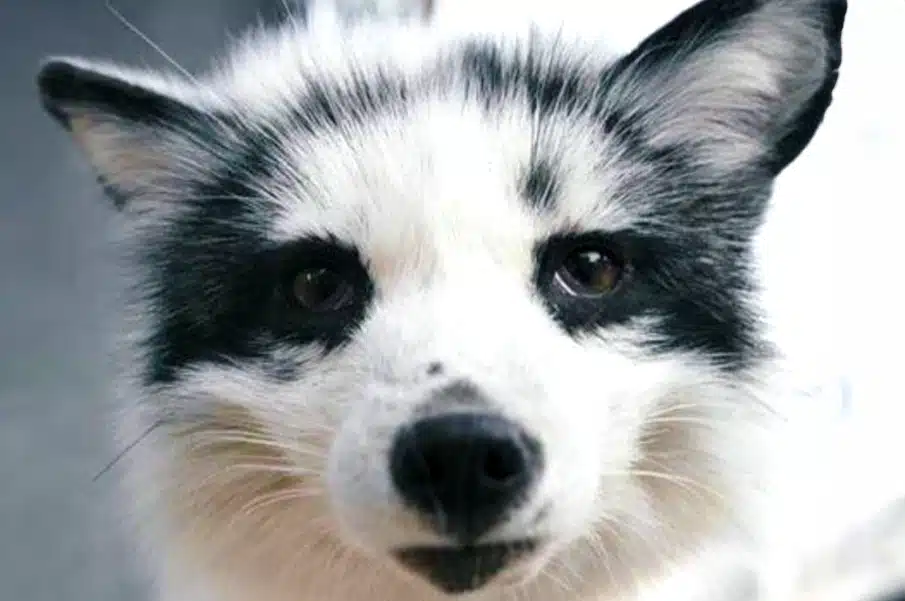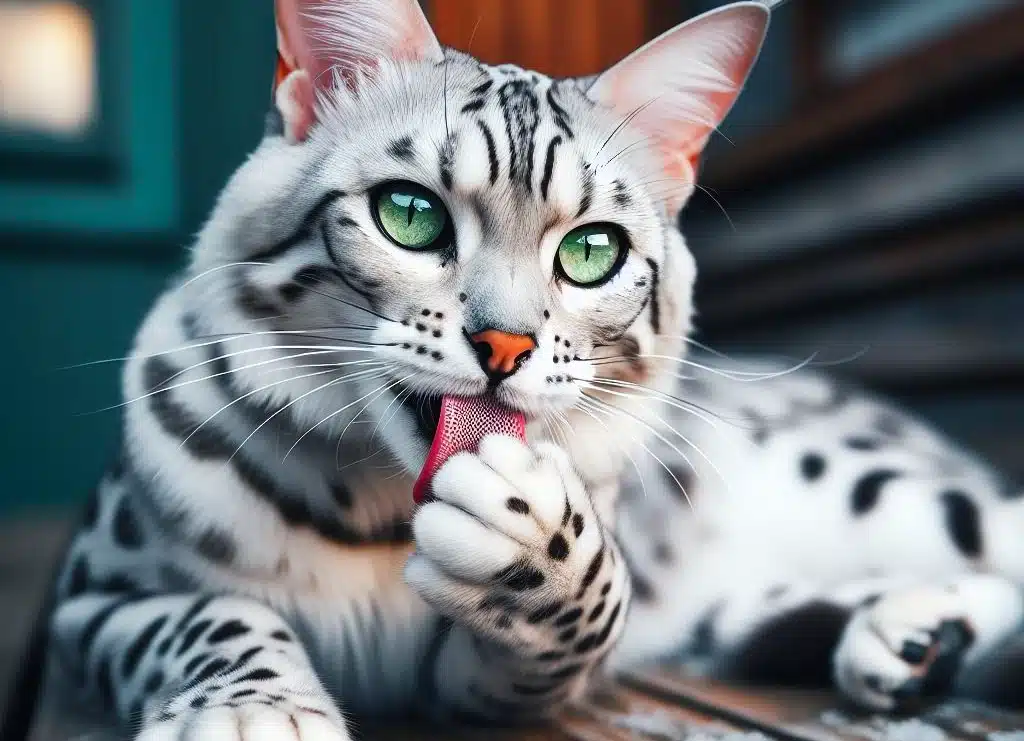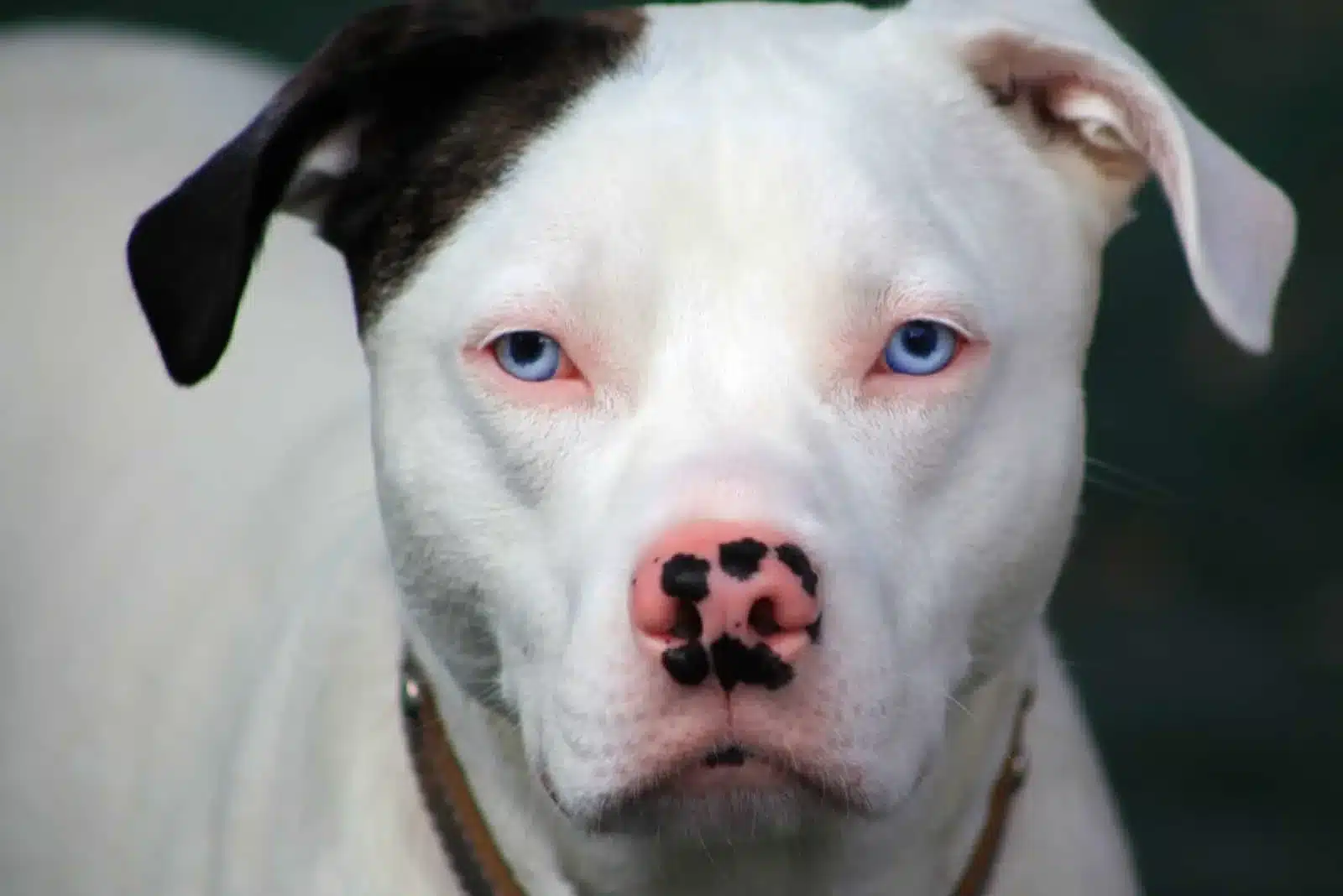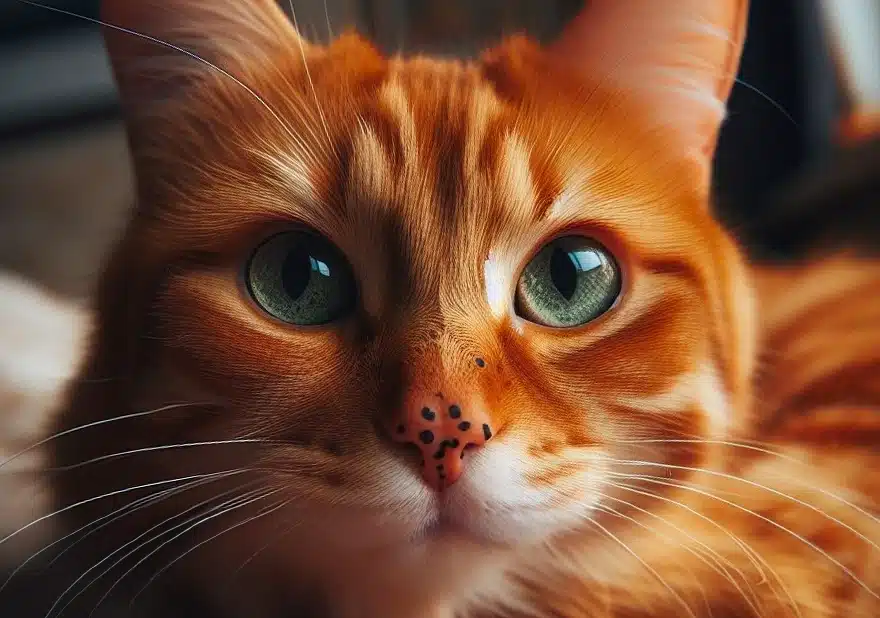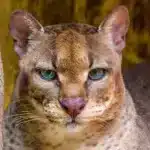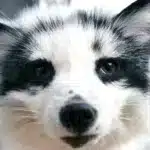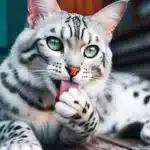Erythristic Animals: Unusually Red Animals Caused By Rare Mutation
Ads Disclosure ?
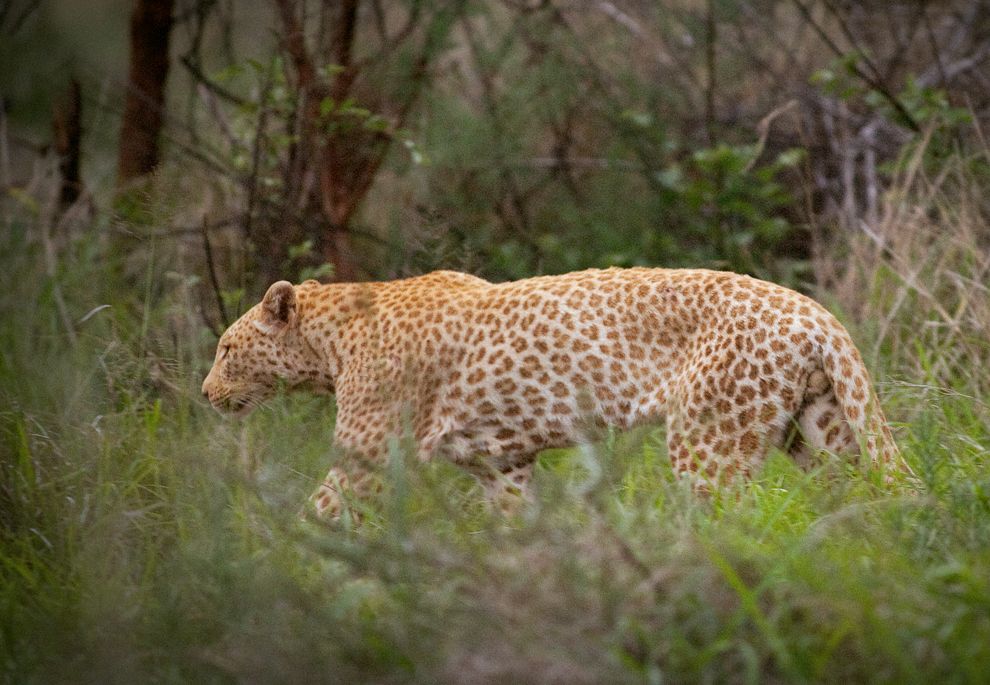
Erythrism is a distinctive and uncommon condition causing certain animals to display an unusual reddish pigmentation in their hair, fur, or feathers. This phenomenon can be caused by genetic mutations that alter the normal balance of pigments by either suppressing the usual coloration or enhancing the production of red pigments. This condition has been observed across multiple animal species, adding a surprising twist to their regular appearance and contributing to the biodiversity that fascinates scientists and nature enthusiasts alike.
Despite its rarity, this kind of pigmentation has been documented in a number of different creatures. For instance, ‘strawberry’ leopards in South Africa showcase an erythristic coloration that distinguishes them strikingly from their “normal” counterparts.
The incidence of erythrism in wildlife remains relatively low, making it one of the rarest (and and most intriguing) pigment variations.
Jump To Section
What Causes Erythrism
Exploring erythrism reveals a fascinating interplay between genetics and physical manifestation. This rare pigmentation causes a distinctive reddish hue in the fur, hair, feathers, or skin of affected animals due to particular genetic factors.
Pigment and Coloration
Pigmentation in animals is primarily influenced by melanins, which are compounds that color their hair, skin, and feathers. In cases of erythrism, an imbalance occurs in these pigments, characterized by the reduction of typical melanin and a subsequent overabundance of red or reddish pigments. This atypical coloration is not just a surface trait but is rooted deep in an animal’s genetics, influencing pigment production at a cellular level.
Genetic Mutations and Variations
Erythrism stems from genetic mutations, which can be spontaneous or hereditary. These mutations affect the genes responsible for pigment production and distribution. The result is an excessive production of red pigment, while other pigments are reduced or absent. Such genetic variations often follow recessive inheritance patterns, meaning that both parents must carry the mutation for offspring to display the characteristic red coloration.
Erythristic Animals in the Wild
Erythristic animals display a distinctive reddish pigmentation, which sometimes causes them to appear pink (bright pink, in the case of certain insects) or even blonde.
Erythristic Raccoon
An erythristic raccoon presents with a red hue across its fur, diverging from its species’ standard coloration, which could affect its nocturnal stealth.

Erythristic Leopards (also known as “Strawberry” Leopards)
The erythristic leopard, a rare sight, has been observed predominantly in South Africa. This color abnormality in leopards of the genus Panthera is marked by a reddish hue in their coat.

Erythristic Katydids (also known as “Pink Katydids”)
Pink katydids exhibit a striking pink coloration, a result of erythrism which makes them quite conspicuous compared to their typically green counterparts.
Most don’t survive to adulthood because their vivid color makes them more visible to predators.
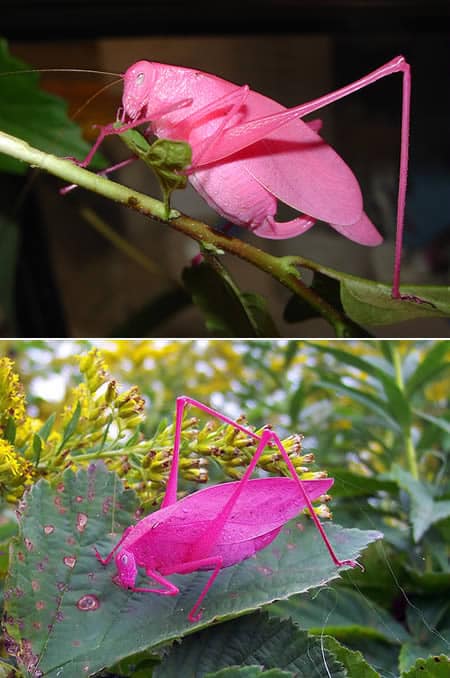
Erythristic Grasshoppers (also known as “Pink Grasshoppers”)
The erythristic grasshopper is another example, with its red pigmentation making it stand out from the usual green coloration.
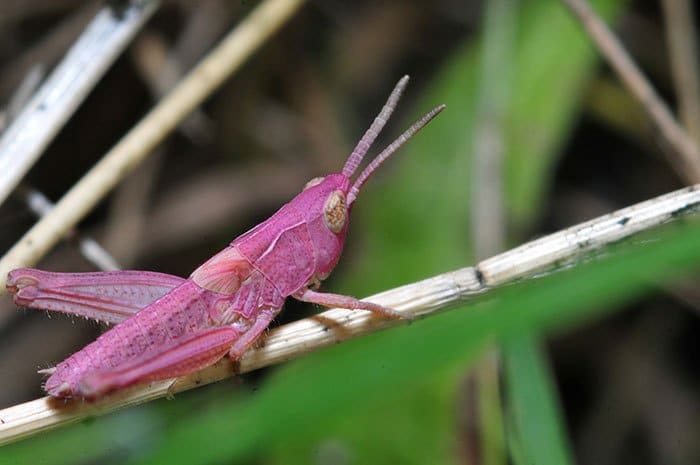
Erythristic Black Backed Jackal
Erythristic black backed jackals have reddish fur, a rare manifestation contrasting with their species’ usual coloring.

Erythristic Elk (also known as “Blonde Elk”)
The occurrence of an erythristic elk is rare. These elk display a noticeable red tinge to their otherwise brown coat.
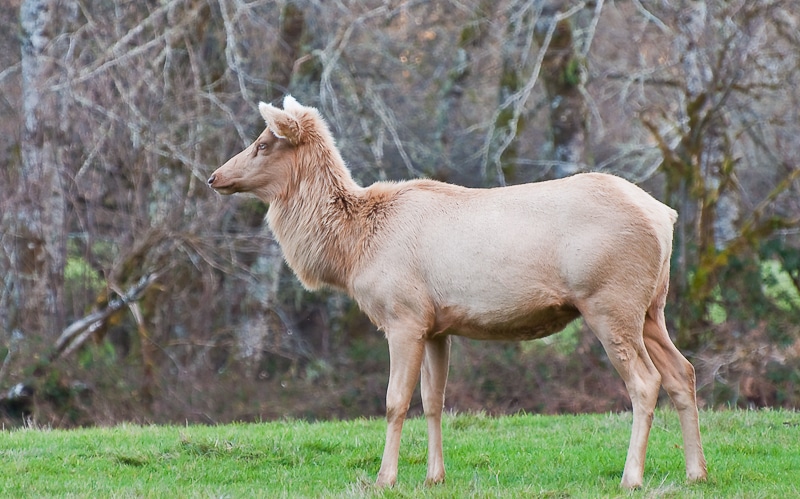
Erythristic Badger
Instances of erythristic badgers are reported less frequently, identified by a reddish or pinkish shade on their usually black stripes.
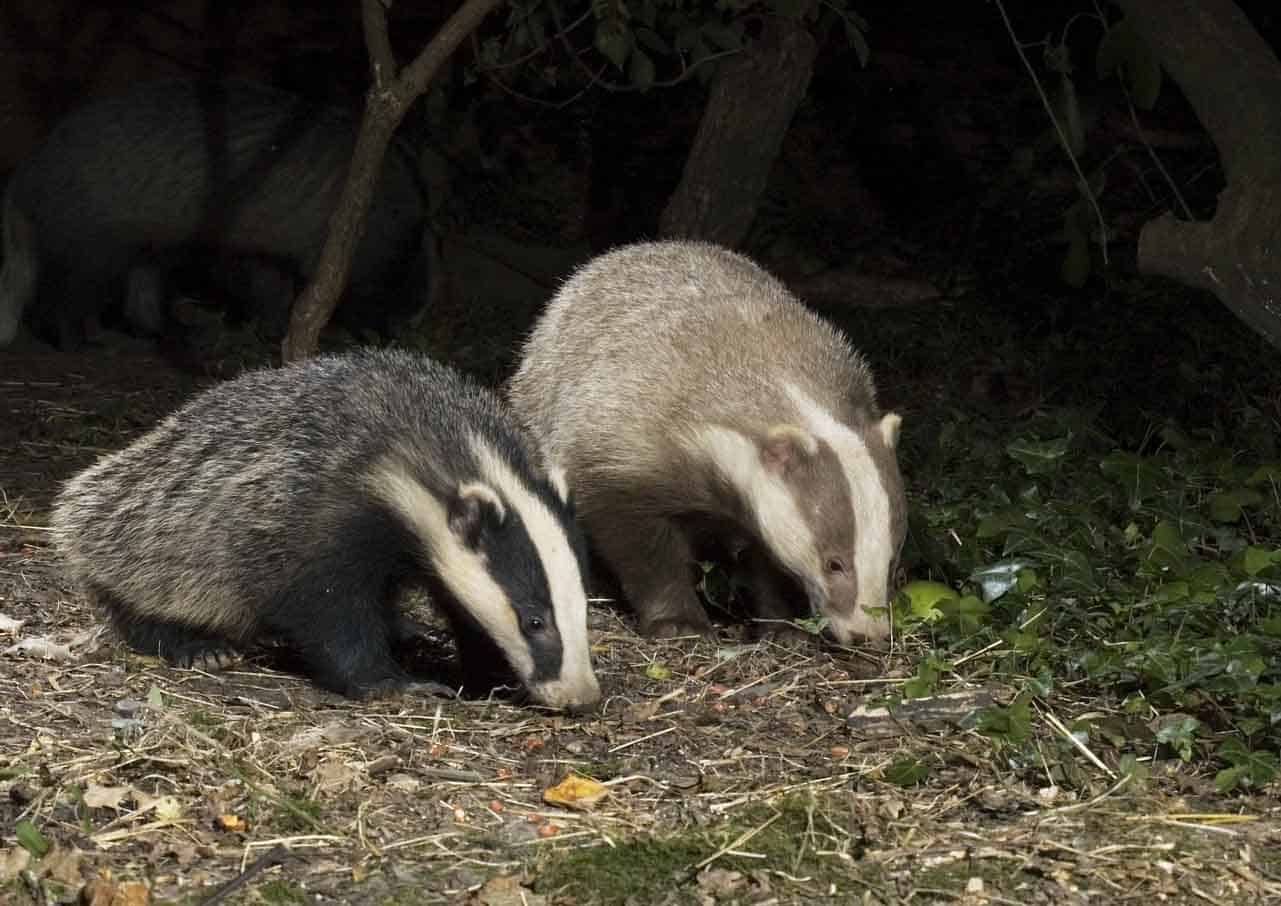
Erythristic Eastern Coyote
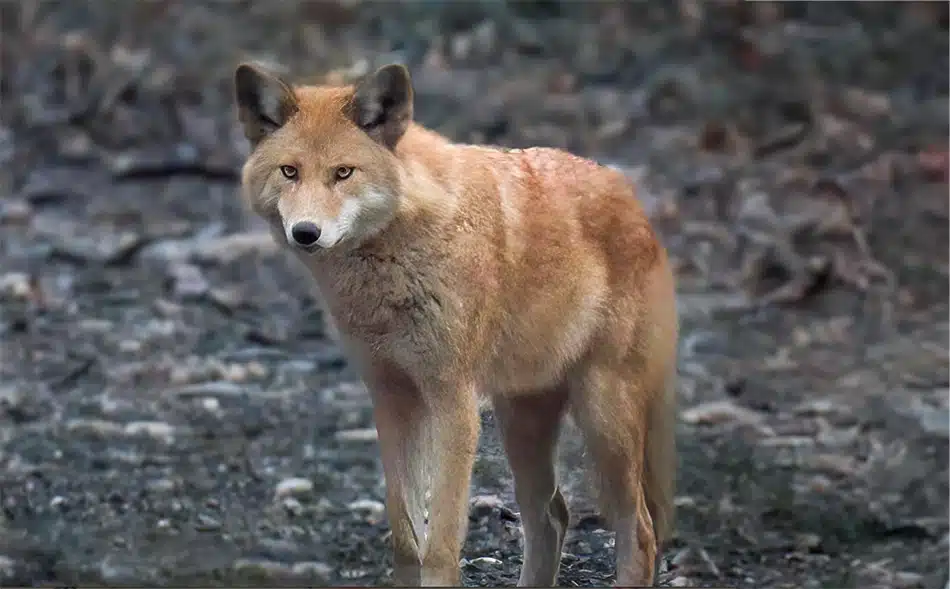
Erythristic Wild Turkey
“Cinnamon-phased” turkeys have a reddish coloration due to a Erythrism. Unusual colors in a wild turkey sometimes occurs due to breeding with domestic birds. However, cinnamon turkeys are truly wild turkeys. Erythristic turkeys can also be darker red, commonly referred to as “red-phased.” Other color morphs include smoke phase, melanistic (or “black phase”), and albino wild turkeys, which are the most rare.

Erythristic Wolf
The occurrence of an erythristic wolf is a significant color aberration, showing reddish fur that contrasts with the common gray or white tones.
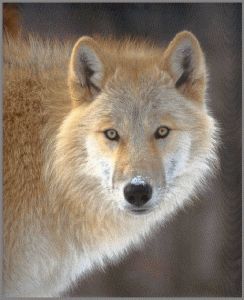
Erythristic Whitetail Deer (a “Blonde Deer”)
An erythristic whitetail deer stands out with its uncommon reddish-brown color, distinct from the standard brown or gray coat.
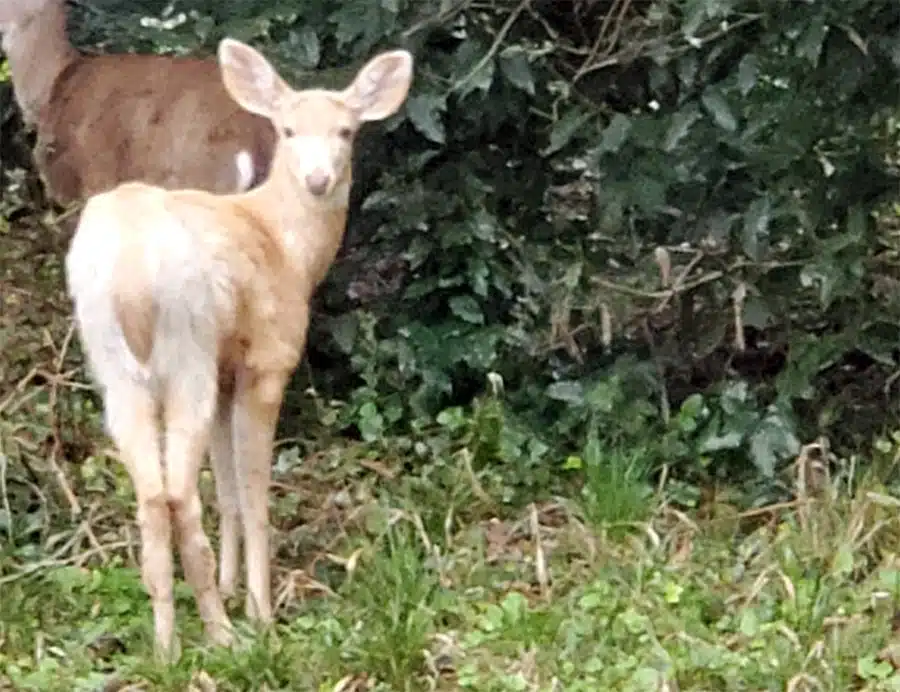
Erythristic Common Slender Mongoose (“Galerella”)
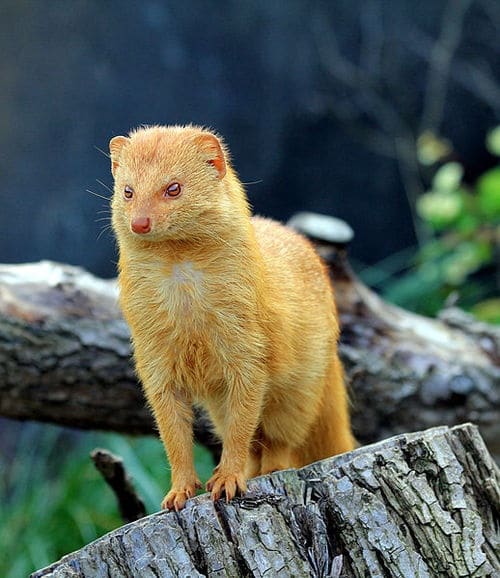
Erythristic Zebra (“Brown Zebra”)
Rarely, zebras can have stripes that are a brown instead of the usual black. This is due to Erythrism.

Implications of Erythristic Reddish Coloration
In the realm of animal coloration, erythristic animals present intriguing case studies, as their distinctive red pigmentation leads to various adaptive implications and interactions with their environment.
Adaptive Significance and Predator Dynamics
This reddish coloration associated with erythrism can be advantageous or disadvantageous to the animal, depending on environmental contexts, and can deeply influence predator and prey dynamics (predators camouflaging to hunt and prey hiding to avoid being hunted) and therefore the survival of the erythristic animal.
For instance, in environments where red hues blend with the surroundings, as in insect species that survive on red plants, erythrism can be advantageous, with the coloration functioning as effective camouflage, helping the animal blend into areas abundant with similar coloring.
On the other hand, it also has the potential to be a disadvantageous, and expose individuals to predators if the red coloration contrasts sharply with its environment. It could increase visibility to predators, reducing the likelihood of survival.
Frequently Asked Questions

What causes the red color mutation known as erythrism in animals?
Erythrism is caused by genetic mutations which result in an abnormal overproduction of red pigments or an absence of normal pigmentation. Environmental factors, such as diet, can also play a role, as seen in the case where bees exhibit red coloration after feeding on certain substances.
How does erythrism affect the survival and behavior of animals in the wild?
Erythrism may impact an animal’s survival and behavior in the wild. In some cases, the red pigmentation can serve as camouflage against predators or within a particular habitat, while in others, it can make an individual more conspicuous and vulnerable.
What distinguishes erythrism from albinism and melanism in animals?
Albinism is characterized by the complete absence of melanin, resulting in white or pale coloration, while melanism is an excess of melanin causing dark coloration. Erythrism, contrastingly, specifically refers to the unusual red pigmentation and does not affect the animal’s vision as albinism can.
Is it possible for erythristic traits to be passed on genetically to offspring?
Yes, erythristic traits can be hereditary, passed on to offspring if the genes responsible for erythrism are transmitted during reproduction. The mode of inheritance can vary, with the possibility of it being recessive or dominant in different species.
Erythrism in humans – can humans be erythristic?
Red hair in humans is a recessive genetic trait caused by genetic mutations in the melanocortin 1 receptor (MC1R), which affects the type of melanin produced and leads to the reddish pigmentation in human hair. It is considered a form of erythrism, as well.

